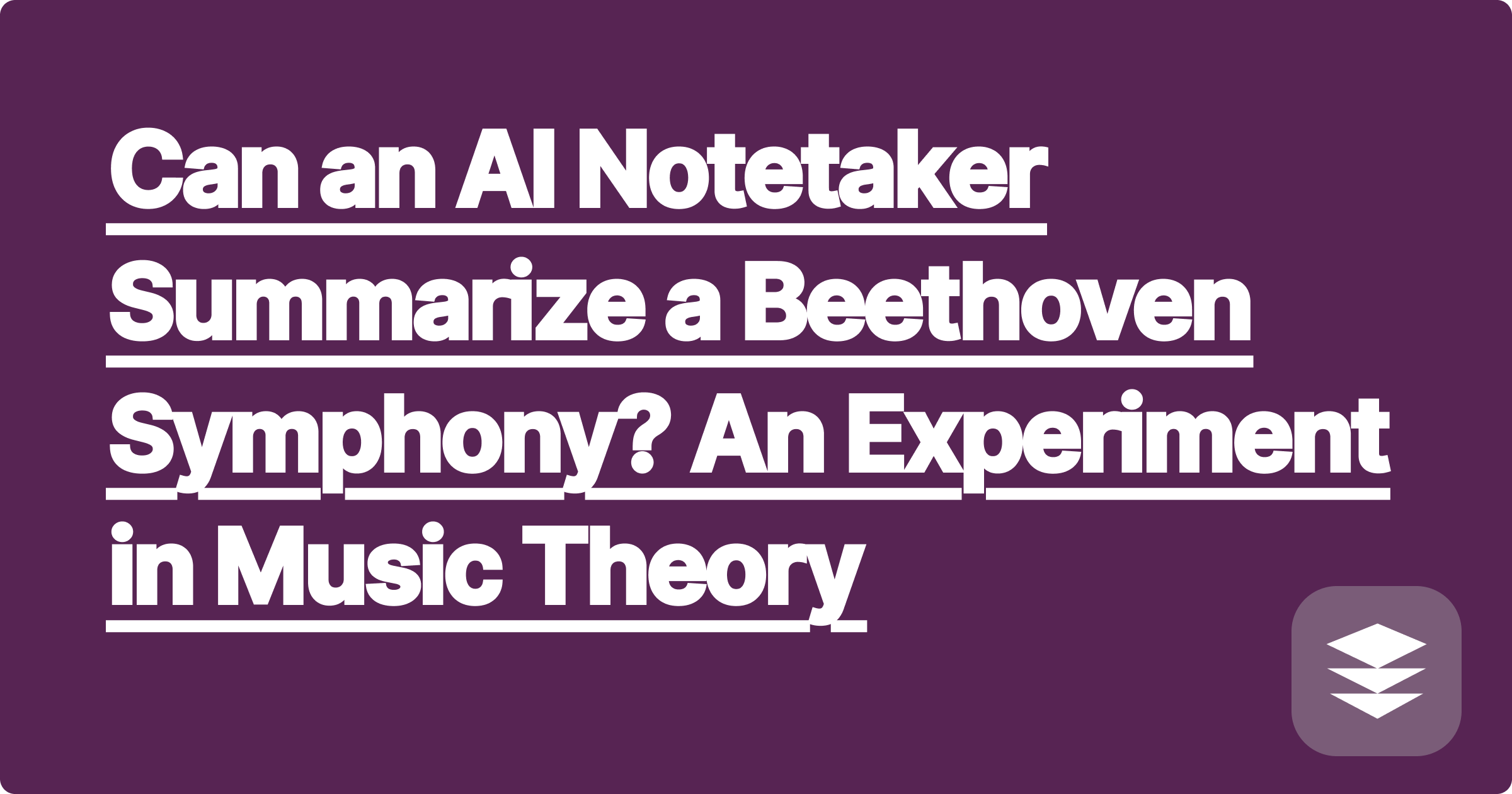
A great piece of classical music is not just a random collection of beautiful sounds; it's a highly structured piece of architecture. A symphony by Beethoven or Mozart is built on a logical framework, with themes that are introduced, developed, and revisited in a predictable way. For music theory students, analyzing this structure—understanding concepts like Sonata Form or Theme and Variations—is a key skill. But it can also be a dense and complex topic.
This leads to a fascinating experiment. We know that an AI note taker like GPAI Cheatsheet is great at summarizing music theory textbooks. But can it understand the structure of an actual piece of music? While we can't upload an audio file directly, we can do the next best thing: we can upload a detailed, text-based analysis of a piece and see if the AI can extract the essential structural elements.
We took a detailed, scholarly analysis of the first movement of Beethoven's 5th Symphony—famous for its use of Sonata Form—and pasted the entire text into GPAI Cheatsheet. We then gave it a specific prompt.
The result was remarkable. The AI, acting as an expert in ai for music analysis, generated a perfectly structured outline:
[Image: A screenshot of the GPAI Cheatsheet interface showing the perfectly structured summary of Sonata Form for Beethoven's 5th, with clear headings for each section. Alt-text: An AI note taker providing music analysis of a symphony.]
This demonstrates the power of AI as a learning tool for music theory. A student could use this workflow for any piece they are studying.
By using AI to handle the "grunt work" of summarizing and organizing complex analyses, you can focus on the most important part: the listening. You can listen to the symphony with your AI-generated cheatsheet in hand, following along and hearing how the abstract concepts of music theory come to life in the music itself.
A: Not at this time. Current large language models are best at analyzing text. However, as multi-modal AI develops, the ability to analyze a musical audio file directly and identify its form and harmonic structure is a very real future possibility.
A: Absolutely. You could use the same workflow to analyze the verse-chorus structure of a pop song, the AABA form of a jazz standard, or the chord progressions of the blues.
Music theory is a language for describing the patterns that make music so emotionally powerful. By using an AI assistant to help you decipher and organize this language, you can deepen your appreciation and understanding of the music you love.
[Start your deep dive into music theory today. Use GPAI Cheatsheet to analyze and understand your favorite works. Sign up for 100 free credits.]
Your First 90 Days as a Junior Engineer: How AI Can Be Your Mentor
How to Prepare for a Technical Interview Using Only Your Own Course Notes
The 'Lazy' Way to Write Weekly Progress Reports for Your Boss
From Academia to Industry: Translating Your Thesis into a Business Proposal
How to Learn a New Programming Language in a Weekend with an AI Coach
Using a Chemistry Solver to Create the Perfect Cocktail Recipe
The Physics of Fantasy Football: Using an AI to Analyze Player Stats
Designing a Video Game Level with a Topology Homework Assistant
Can an AI Notetaker Summarize a Beethoven Symphony? An Experiment in Music Theory
The Algorithm of Storytelling: Using AI to Deconstruct a Blockbuster Movie